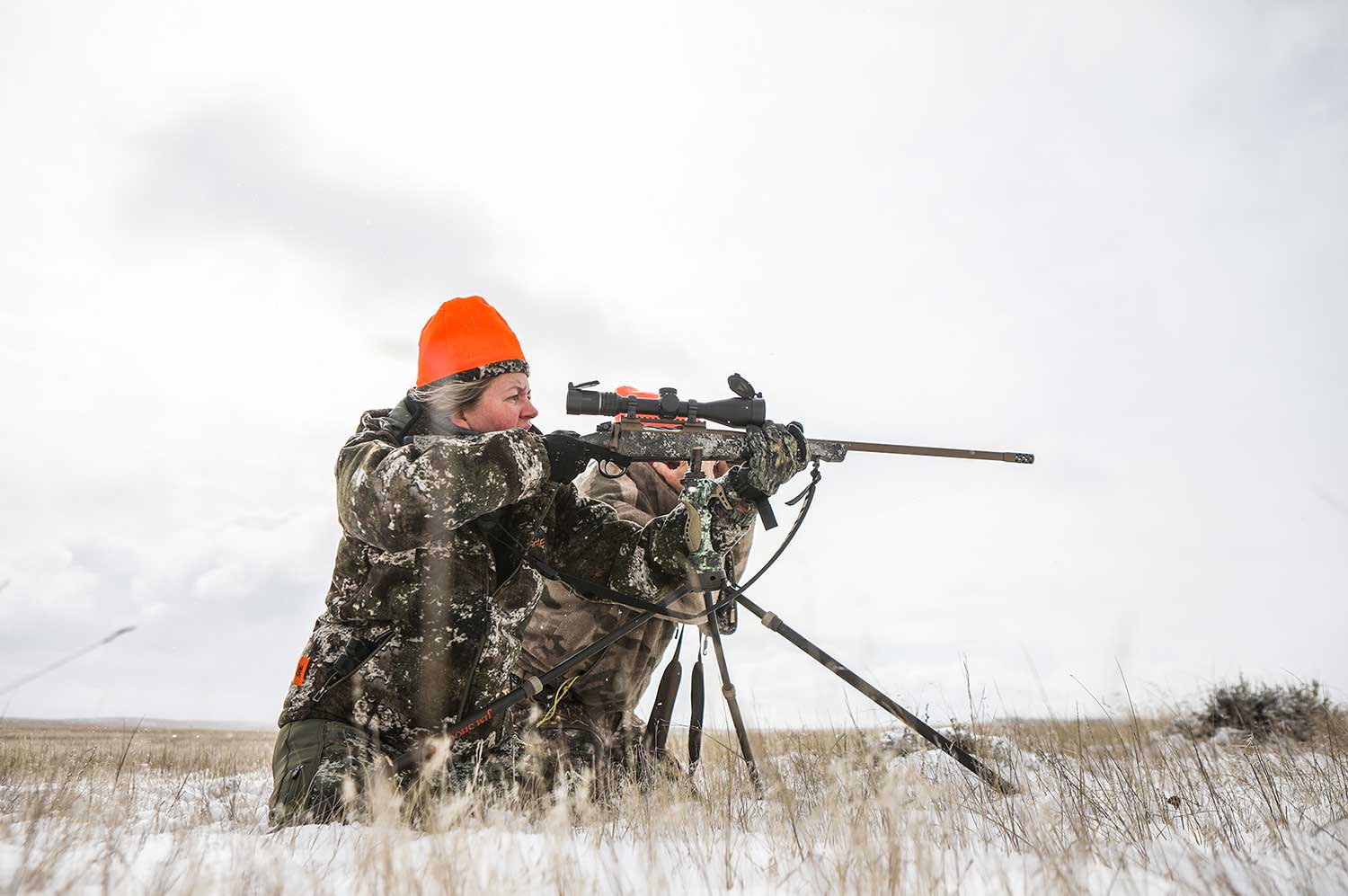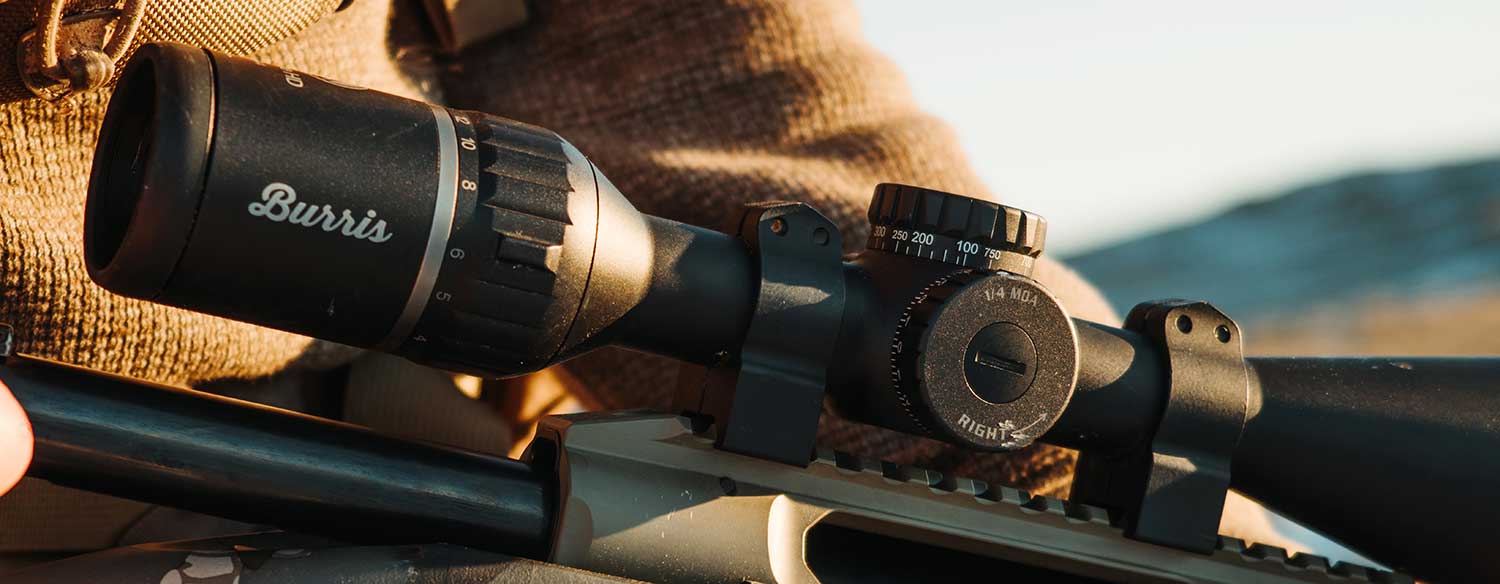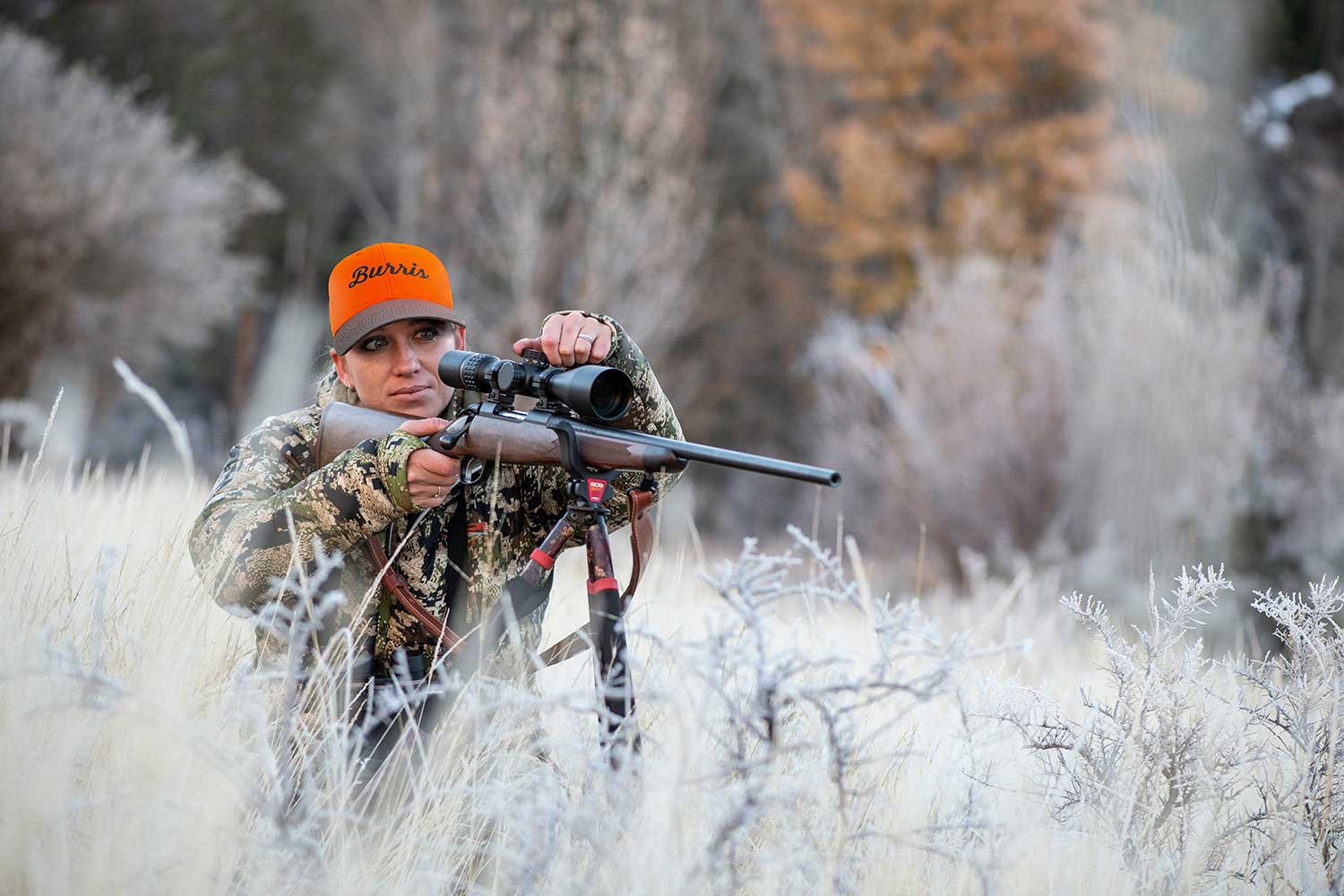Let’s set the stage up front…the essential elements of big game hunting have never changed. Neither has the game we hunt. Scent management, stealth discipline, understanding game habits, reading terrain, and an almost masters-degree-level of strategy are among the tools required of the successful hunter.
What has changed in these latter years, and to a great degree, is the equipment many hunters now deploy in their big-game pursuits. Advances in firearm technology, optics, bullet designs, and new cartridges have significantly extended the range of the centerfire rifle’s accuracy potential and terminal performance. The caveat to that enhanced capability, of course, is that just because you can deliver predictable and ethical on-target hits at game animals way out there doesn’t mean that should be the goal or an acceptable short cut to exercising hard-earned hunting skills.
Nevertheless, things happen in the field. A bull hangs up and you can’t close the distance; The season ends within minutes as legal shooting time closes in and the 6×6 you’ve been after all day is standing way over there. The list goes on.
The ethical hunter knows his or her limits and that of their equipment. The ethical and practiced hunter also knows this but can leverage their skills and the latest technology to maximize their opportunity for a successful hunt when conditions prove…challenging.
A perfect example of this is the ability to apply D.O.P.E. in a fast-paced field setting.
 You’ve likely heard the term “D.O.P.E.” in the context of long-range competitive shooting or the military sniper world. The acronym stands for Data on Previous Engagements. Basically, this means keeping record of previous shot data and being able to efficiently utilize that data when needed. As an example, data collected from prior range sessions might indicate a 16-inch holdover is required at X number of yards with a specific rifle and cartridge, or a wind speed of X mph demands 4 inches of holdoff at X yards. This is valuable information that can be gleaned from careful notetaking on the range and then applied in the field with the right equipment. In other words, “doping your shot.”
You’ve likely heard the term “D.O.P.E.” in the context of long-range competitive shooting or the military sniper world. The acronym stands for Data on Previous Engagements. Basically, this means keeping record of previous shot data and being able to efficiently utilize that data when needed. As an example, data collected from prior range sessions might indicate a 16-inch holdover is required at X number of yards with a specific rifle and cartridge, or a wind speed of X mph demands 4 inches of holdoff at X yards. This is valuable information that can be gleaned from careful notetaking on the range and then applied in the field with the right equipment. In other words, “doping your shot.”
How do you do it? Well, there are legions of books, articles, videos, and training classes on the subject. A casual glance into the topic can lead you down multiple rabbit holes…and leave you with a headache. Those who are less inclined to put in the work may rely on ballistic data found on ammunition boxes or the multitude of ballistic calculator apps now available. The problem with these methods is that the data provided are not necessarily universally reliable. There are too many variables involved, such as the rifle, barrel length, ambient temperature, altitude, angle of departure, et cetera, that can influence a bullet’s trajectory.
If doping seems like a lot to comprehend, let alone to apply in a stressful field setting, it can be. It can also be quite simple to understand and easy to apply in haste if you take advantage of some of the tools available and spend a bit of time becoming familiar with the process. In other words, anyone can do it with a little effort and the right gear.
Modern hunting scopes available in multiple reticle configurations and with zero click stop adjustment knobs can help shorten the learning curve and refine those longer shots. Models like the Burris Veracity series are available in several MOA (minute of angle) reticle styles that provide general guidance for proper holdover and holdoff at known distances and wind speed. The shooter’s task is to correlate the reticle with the point-of-impact of their chosen ammunition. By logging these shots on the range, the hunter can confidently use the reticle’s bullet drop and windage compensation marks to execute point-of-aim/point-of-impact shots at those extended distances. In other words, D.O.P.E. his or her shot.
Quality scopes like the Veracity or Burris’ Fullfield IV and Fullfield E1 series hunting optics also include zero click stop windage and elevation knobs that allow the hunter to use their D.O.P.E. by simply dialing in the drop or holdoff. With each click of the elevation or windage turret representing a designated MOA shift in point-of-impact, the knobs are easily rotated the necessary clicks—learned from D.O.P.E.—to deliver shots on target. After the shot, the knobs can be rotated back to the zeroed setting without worry of losing the rifle’s zero.
 Learning to apply D.O.P.E. in a stressful, time-constrained field condition does take practice, but it is something every dedicated hunter can master, and the results are worth the investment. To assist the big game hunter and long-range shooter, Burris has developed a number of tools to help, like custom knobs for specific scopes and loads, a broad range of reticle options to meet various shooting needs and style, and sophisticated ballistic tools that provide a wealth of information applicable to both the range and the hunting fields. You can even generate your own D.O.P.E. cards.
Learning to apply D.O.P.E. in a stressful, time-constrained field condition does take practice, but it is something every dedicated hunter can master, and the results are worth the investment. To assist the big game hunter and long-range shooter, Burris has developed a number of tools to help, like custom knobs for specific scopes and loads, a broad range of reticle options to meet various shooting needs and style, and sophisticated ballistic tools that provide a wealth of information applicable to both the range and the hunting fields. You can even generate your own D.O.P.E. cards.
For more information premium hunting scopes and ballistic calculation solutions, visit BurrisOptics.com.
